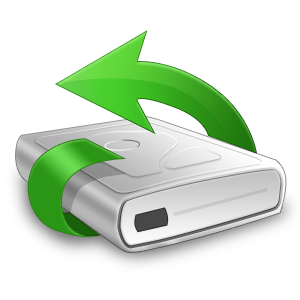More and more electronic devices are integrated into everyday life. With the number also increases the frequency of destroyed storage media. Flash -Speicher in smartphones, tablets as well as HDD – hard drives in laptop or PC are broken at some point. If there is no back-up of data, injured people quickly lose their nerve. https://outsourcedatarecovery.com/flash-drive-repair/ summarizes the basic rules and gives you the best service after a data crash.

No hasty steps – keep calm.
If data loss is detected, it is not allowed to initiate formatting or try blue screen selections that are not 100% secure. Take a picture of the error message and turn off the device. Files rarely disappear without a trace.
Unless you are experiencing untypical noise from hard drives, immediately disconnect the data connection and power to the media. Connecting to other computers can potentially aggravate the damage to such an extent that recovery is difficult, time-consuming, expensive, and may not be possible.
Beware of encrypted data
For encrypted data, a destructive writing process can have far more serious effects. For this reason, in the case of fully or, partially encrypted data carriers or even areas encoded by virus damage, access by software or the operating system (recovery mode, recovery points, importing images, etc.) should under no circumstances occur.
Estimate the value of the data on the hard disk, SSD, or notebook. If you need the data fast or important reminders, documents, and business fundamentals are stored: Use the possibility of individual consultation and immediate analysis of data recovery specialists. Thereafter, for or against a rescue of the files can be decided, speed and priority of the service can be defined according to their own wishes.
Never open hard disks without a clean room
Disk damage is not for laymen or PC technicians. There is a rumor in Internet forums that disks can be re-started by intervening on the reading head, opening and cleaning, or even tapping on hard documents. These methods often cause new, more serious damage. Modern data carriers seldom use technology which reacts positively to mechanical influences. Older models are again not built for severe shocks. Small parts break, dust particles penetrate and restoring the data often becomes impossible after a semi-professional intervention.
Third party advice and tips from the internet can be misleading.
If important data is on the hard drive or the smartphone, a well-intentioned piece of advice can become a disaster. To accurately diagnose damage to the highly complex storage medium, special procedures are needed. Data rescuers have developed and refined these over the decades. Experienced computer scientists and administrators dare not experiments in the rescue of important flash memory media and hard disks. Again and again, hobby hobbyists report to us who give up during a rescue operation, for example, with free software.
Inexpensive offers can have a catch. Pay attention to details.
Many companies offer Internet recovery software that promises easy, fast, and successful data recovery. The inadequate diagnosis of the damage, as well as inadequate possibilities in the course of the recovery process, is sources of danger. Files disappear when overwritten by the supposedly helpful program. Then data recovery specialists can only recover fragments of the actual salvable files. In the same context, free diagnoses of data rescuers should be critically scrutinized. Not infrequently resulting from enticing offers expensive additional costs to the customer at the entry point were not clear.

